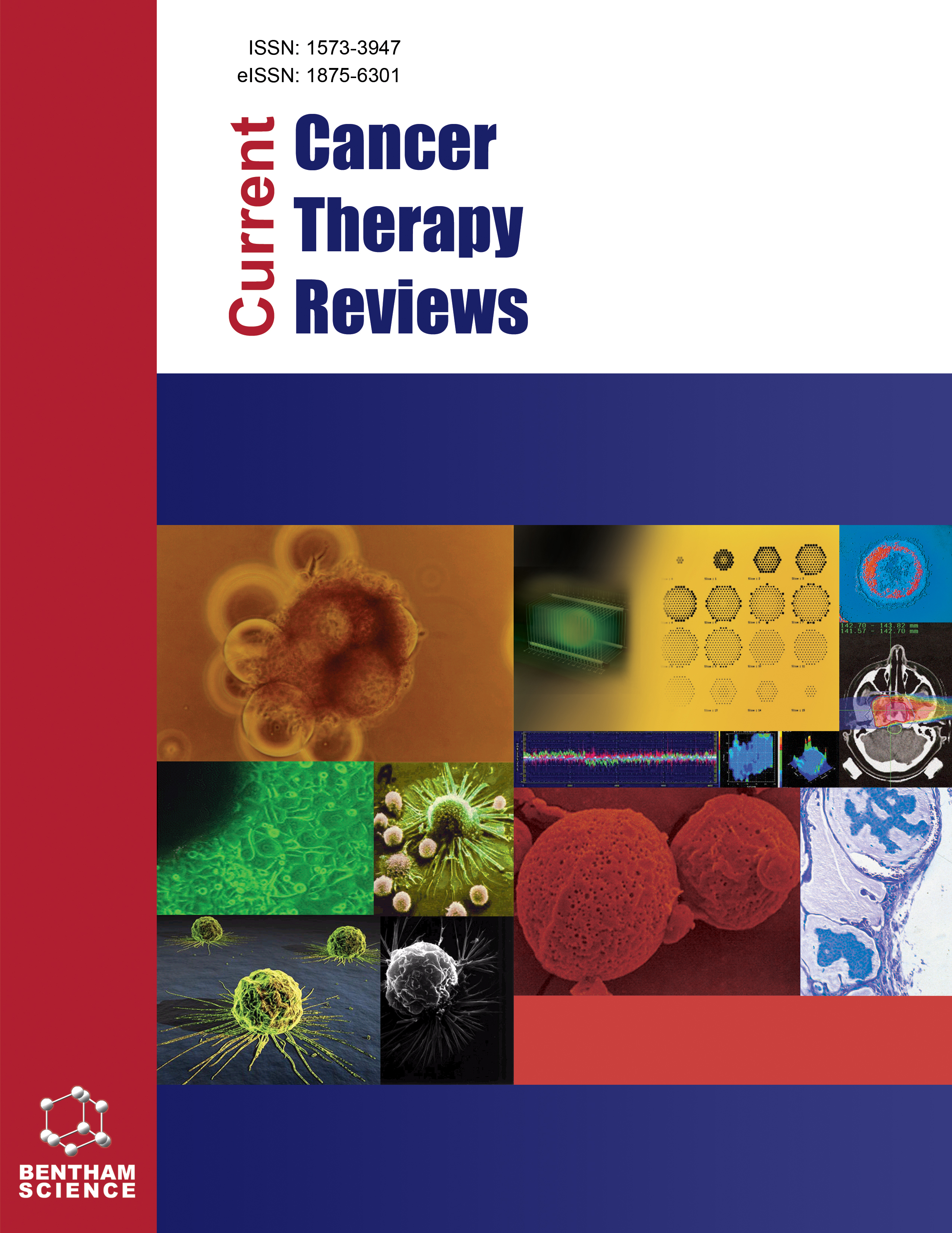
Full text loading...
We use cookies to track usage and preferences.I Understand
Non-small cell lung cancer (NSCLC) is a ubiquitous form of lung cancer. Most patients already have metastasis at the time of diagnosis. Chemotherapy and radiotherapy are widely used to treat the early stages of NSCLC, but cancer relapses are common, and the mortality rate is also high. Hence, there is a definite need for newer and advanced therapies to control the recurrence and metastasis of NSCLC. Many clinical trials are underway, which could improve the current treatment options. Targeted therapy and immunotherapies are increasingly developing to expand the overall survival rate of NSCLC patients. Yet, the continuous mutation in the tumor site, drug resistance, adverse effects, and tumor recurrence pose several challenges to the efficacy of the treatment. Many drugs in phase I and II clinical trials prove significant effectiveness against NSCLC mutations. Combination therapy has shown enhanced progression-free and overall survival rates when compared to monotherapy. Recently, FDA-approved genetically engineered patients’ immune cells and chimeric antigen receptors (CAR) improved T-cells for the treatment of malignancies. This review emphasizes the recent development in the treatment regimen and strategy used for improving the outcomes of NSCLC.

Article metrics loading...

Full text loading...
References


Data & Media loading...

